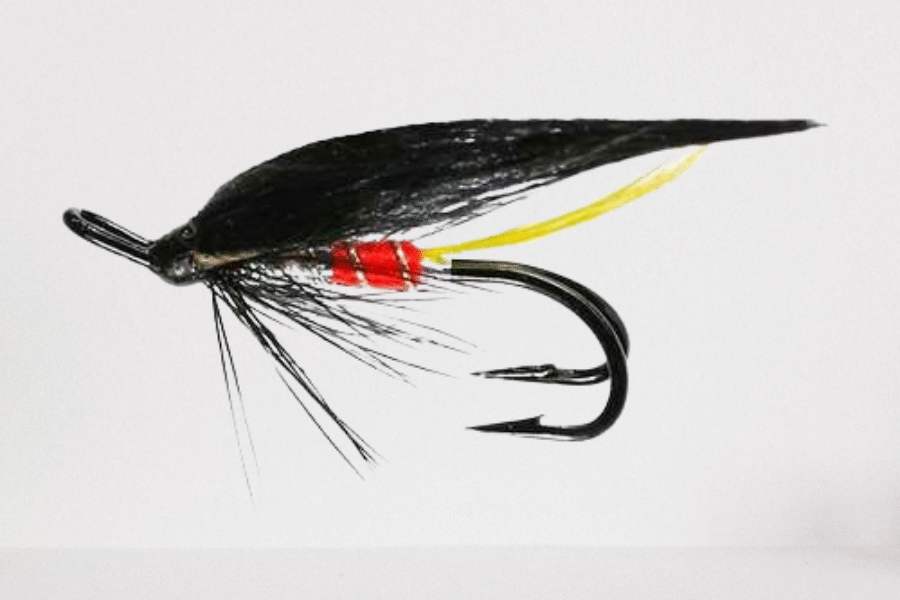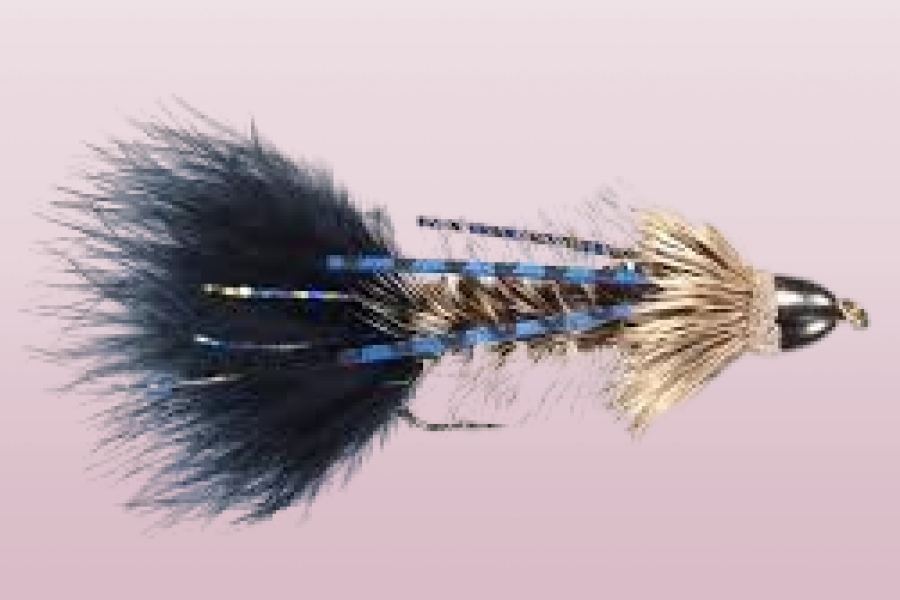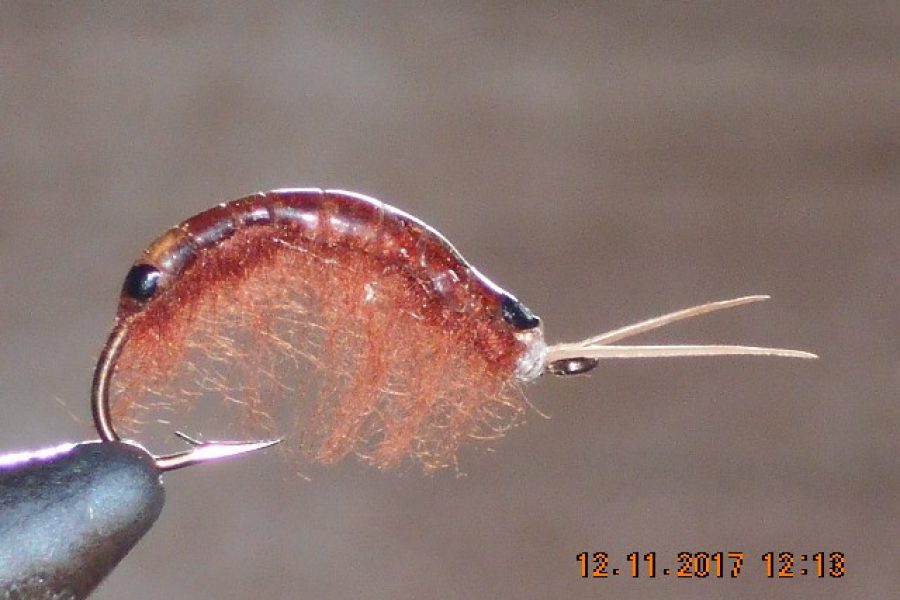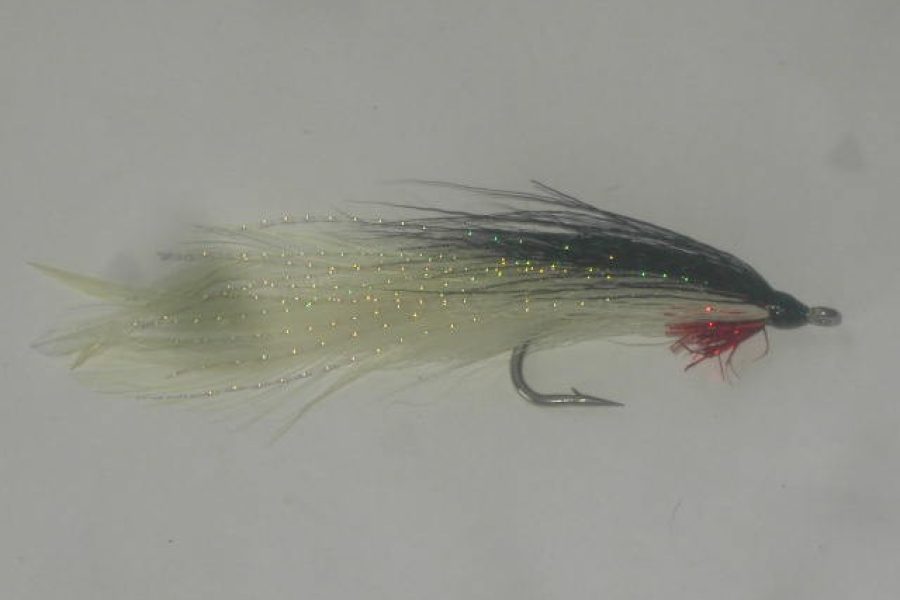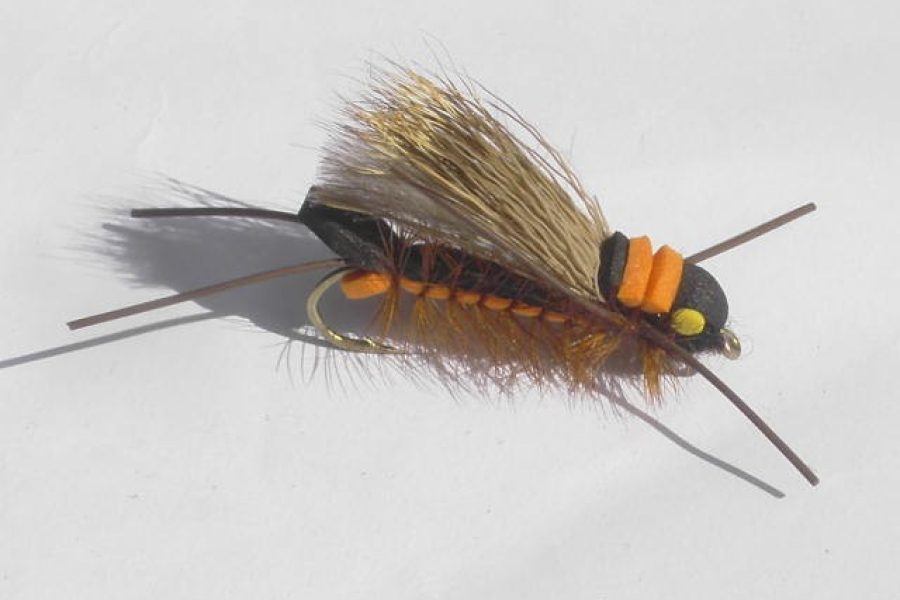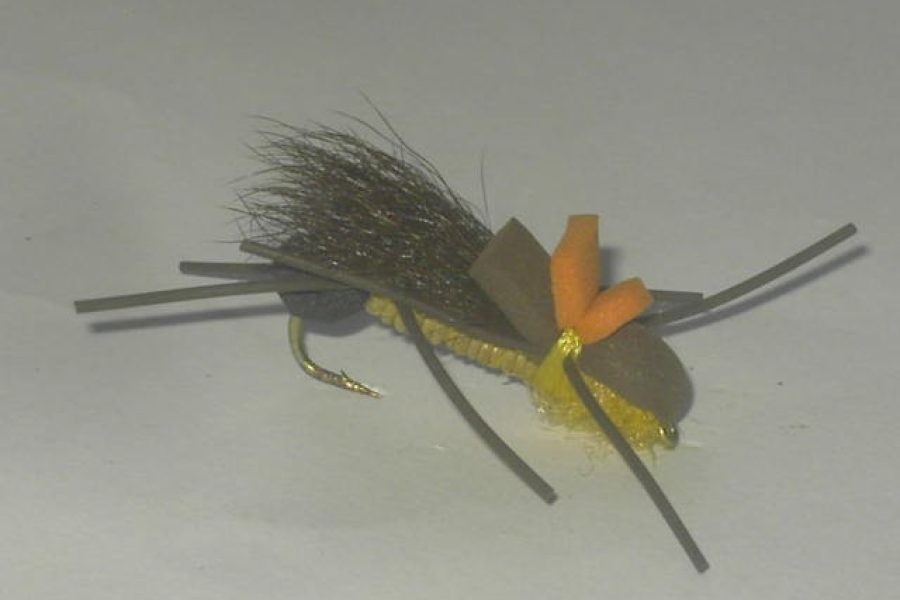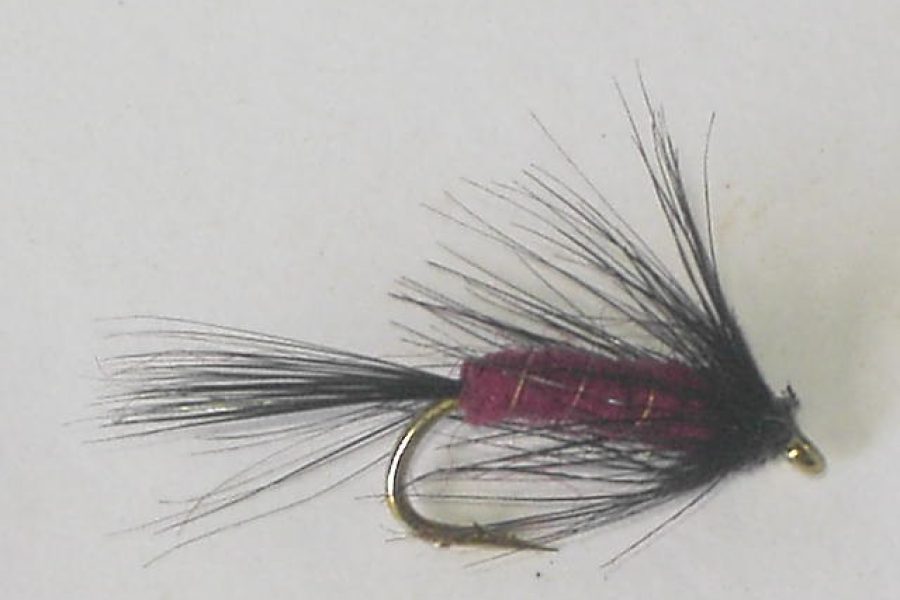Description
Product Overview and Heritage The Corixa nymph represents a specialized pattern designed to imitate the water boatman (Corixidae), a crucial food source for trout in stillwater environments. This pattern has become particularly important for lake and pond fishing, where Corixa can make up a significant portion of a trout’s diet. The design focuses on accurately representing both the profile and distinctive swimming action of these aquatic insects.
Design Features and Materials Hook Characteristics:
- Premium wet fly hooks
- Available sizes: 12-16
- Standard wire construction
- Wide gap design
- Chemically sharpened points
- Bronze finish
- Optimal hook strength
- Enhanced penetration design
- Perfect size-to-weight ratio
- Freshwater durability
Material Components:
- Pheasant tail fibers
- Pearl/silver body
- Brown thread
- Enhanced durability
- Natural materials
- Color-fast characteristics
- Movement enhancement
- Natural appearance
- Balanced design
- Realistic profile
Pattern Variations The pattern includes:
- Standard version
- Quick-sink versions
- Sparkle variations
- Size adaptations
- Color variations
- Body options
- Natural colors
- Flash additions
- Mixed materials
- Custom modifications
Fishing Applications and Techniques Presentation Methods:
- Slow retrieve
- Figure-eight retrieve
- Multiple angles
- Depth control
- Pattern placement
- Margin fishing
- Structure targeting
- Short strips
- Action variation
- Traditional methods
Specialized Applications:
- Stillwater fishing
- Shallow margins
- Structure fishing
- Clear conditions
- Low light periods
- Active periods
- Search patterns
- Active fish
- High-pressure situations
- Technical water
Seasonal Effectiveness Spring Performance:
- Early season success
- Mixed techniques
- Weather changes
- Pattern selection
- Temperature increases
- Fish movement
- Feeding windows
- Natural cycles
- Light conditions
- Activity periods
Summer Strategy:
- Peak activity
- Morning/evening peaks
- Temperature adaptation
- Feeding patterns
- Oxygen levels
- Light penetration
- Fish behavior
- Water conditions
- Margin activity
- Structure targeting
Fall Applications:
- Pre-winter feeding
- Cooling waters
- Changed light conditions
- Transitional periods
- Selective takes
- Pattern visibility
- Fish location
- Temperature drops
- Migration patterns
- Feeding windows
Habitat and Water Types Water Applications:
- Lakes and ponds
- Slow rivers
- Stillwaters
- Clear water
- Turbid conditions
- Structure areas
- Margins
- Drop-offs
- Holding water
- Weed beds
Specialized Environments:
- Various waters
- Technical lakes
- Different depths
- Complex structures
- Bank edges
- Multiple depths
- Thermoclines
- Deep holes
- Current breaks
- Weed edges
Target Species and Behavior Primary Species:
- Rainbow Trout
- Brown Trout
- Brook Trout
- Multiple Species
- Selective Feeders
- Opportunistic Feeders
- Technical Fish
- Trophy Fish
Behavioral Patterns:
- Active feeding
- Selective takes
- Pattern recognition
- Natural behavior
- Opportunistic strikes
- Selective periods
- Strike triggers
- Visual stimulation
- Lateral line response
- Competitive behavior
Rigging Recommendations Leader Setup:
- 9-12 foot leaders
- 4X-6X tippet
- Tapered leaders
- Fluorocarbon options
- Loop-to-loop connections
- Proper presentation
- Adequate stiffness
- Knot strength
- Breaking strain
- Abrasion resistance
Presentation Options:
- Single fly
- Multiple fly rigs
- Traditional methods
- Modern techniques
- Line matching
- Leader design
- Tippet selection
- Depth control
- Retrieve adjustment
- Action variation
Professional Applications Guide Usage:
- Client-friendly pattern
- Proven success rates
- Consistent performance
- Easy presentation
- Multiple techniques
- Teaching tool
- Confidence pattern
- Versatile applications
- Durability
- Hook-up ratio
Tournament Usage:
- Competition proven
- Technical water success
- Pressure adaptation
- Quick-change capability
- Consistent performance
- Pattern rotation
- Size variation
- Color selection
- Presentation options
- Result tracking
Advanced Technical Applications The pattern excels in specific technical situations that require precise presentation and depth control. These patterns perform exceptionally well in the following scenarios:
- Shallow margins
- Weed bed edges
- Areas with active fish
- Complex structures
- Various depths
Pattern effectiveness can be enhanced through specialized presentation techniques:
- Variable retrieve speeds
- Multiple presentation angles
- Micro-adjustments to depth
- Strategic pauses during retrieval
- Depth changes with conditions
Water temperature significantly impacts pattern effectiveness:
- Optimal performance in 50-70°F range
- Increased activity during warming trends
- Enhanced success during stable barometric conditions
- Peak effectiveness during active periods
- Adapted presentation based on metabolic activity
Care and Maintenance Post-Fishing Care:
- Thorough drying
- Material grooming
- Hook inspection
- Pattern maintenance
- Material preservation
- Storage preparation
- Shape inspection
- Profile verification
- Performance testing
- Movement checking
Storage Requirements:
- Dry environment
- UV protection
- Separate compartments
- Regular inspection
- Moisture prevention
- Temperature control
- Light protection
- Ventilation needs
- Box organization
- Inventory management
Environmental Considerations Conservation Features:
- Sustainable materials
- Durable construction
- Catch-and-release friendly
- Minimal environmental impact
- Eco-conscious design
- Material selection
- Ethical considerations
- Resource protection
- Species conservation
- Environmental awareness
Material Selection:
- Responsible sourcing
- Quality components
- Mixed elements
- Ethical production
- Sustainable practices
- Environmental impact
- Material longevity
- Waste reduction
- Local materials
- Eco-conscious design

